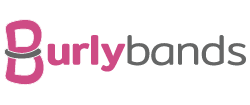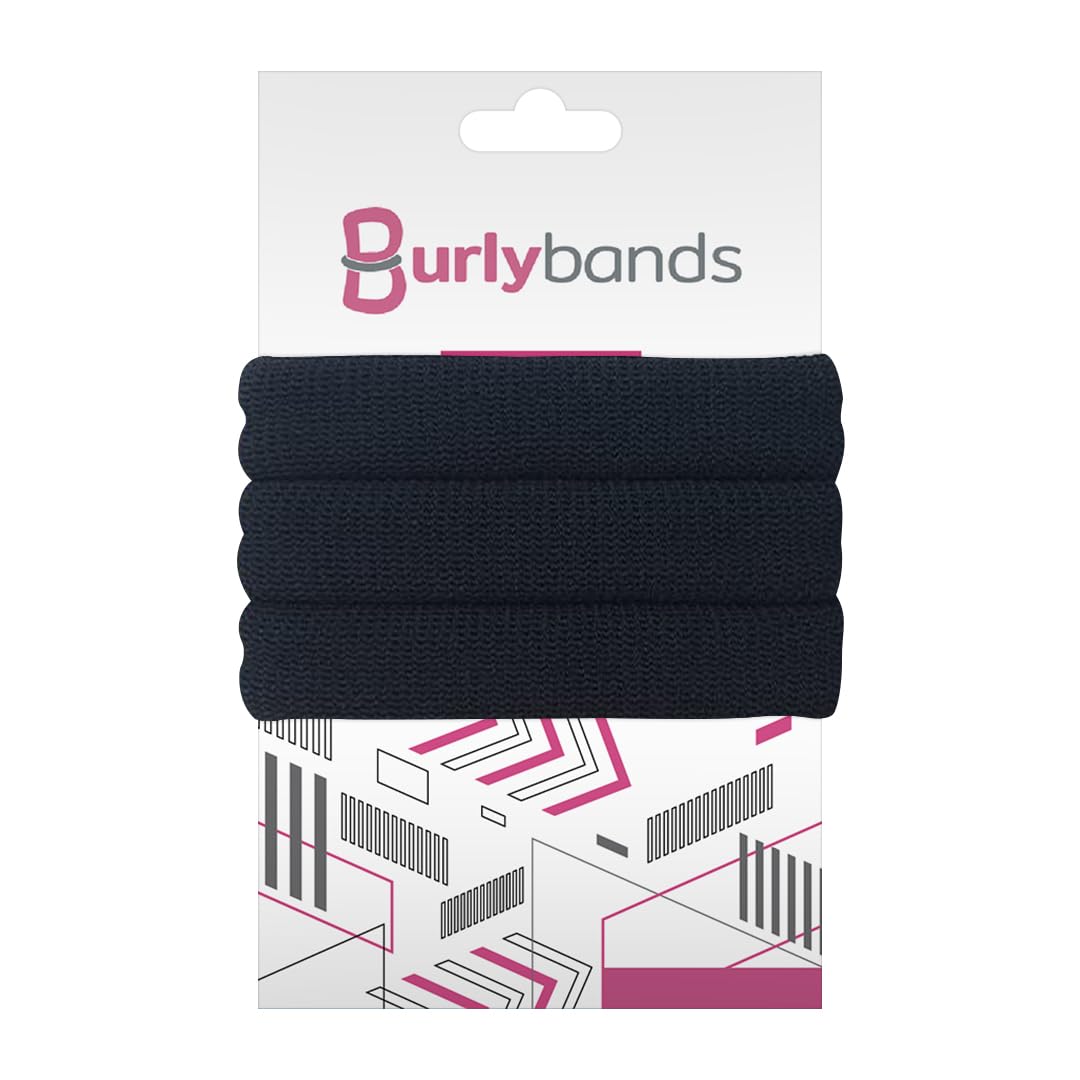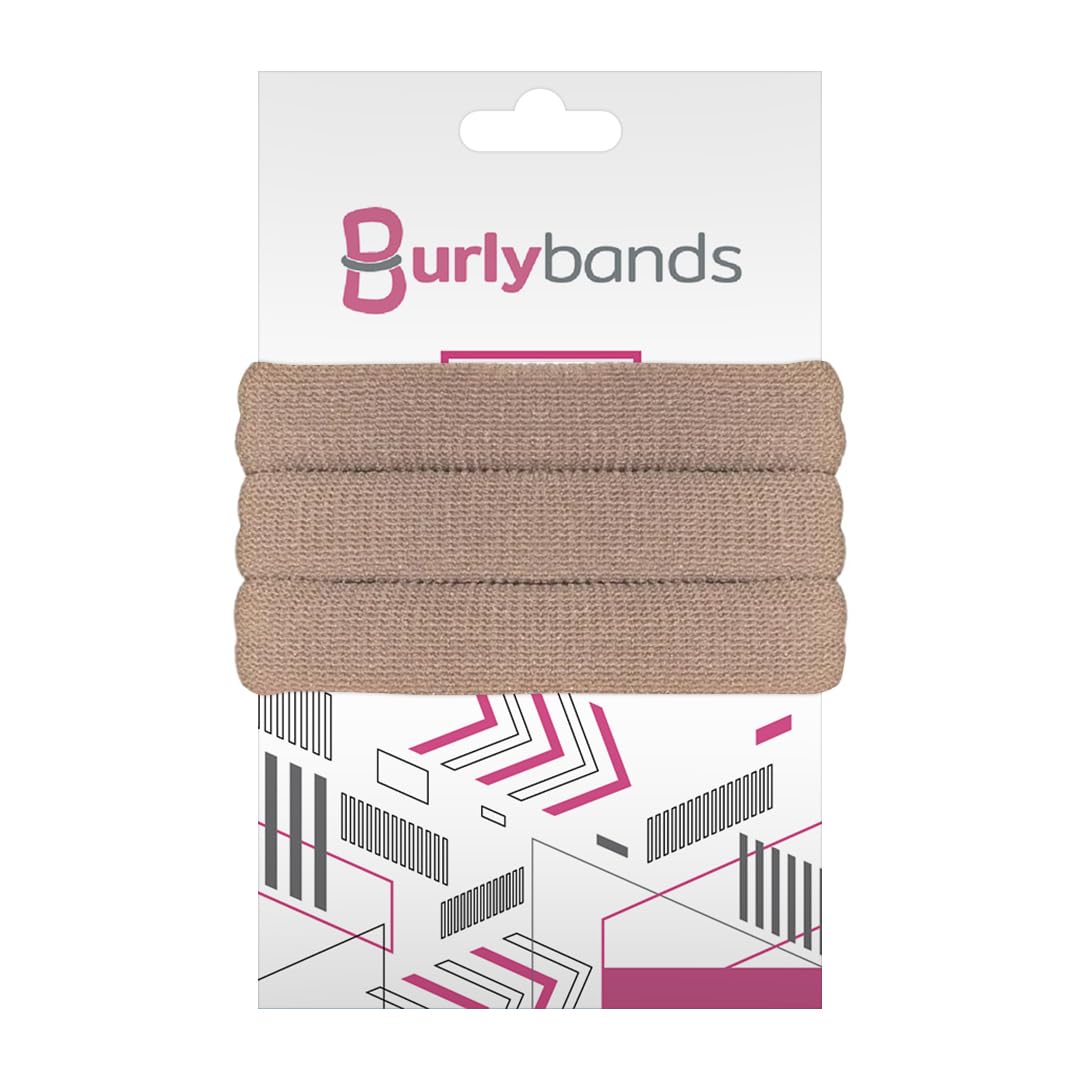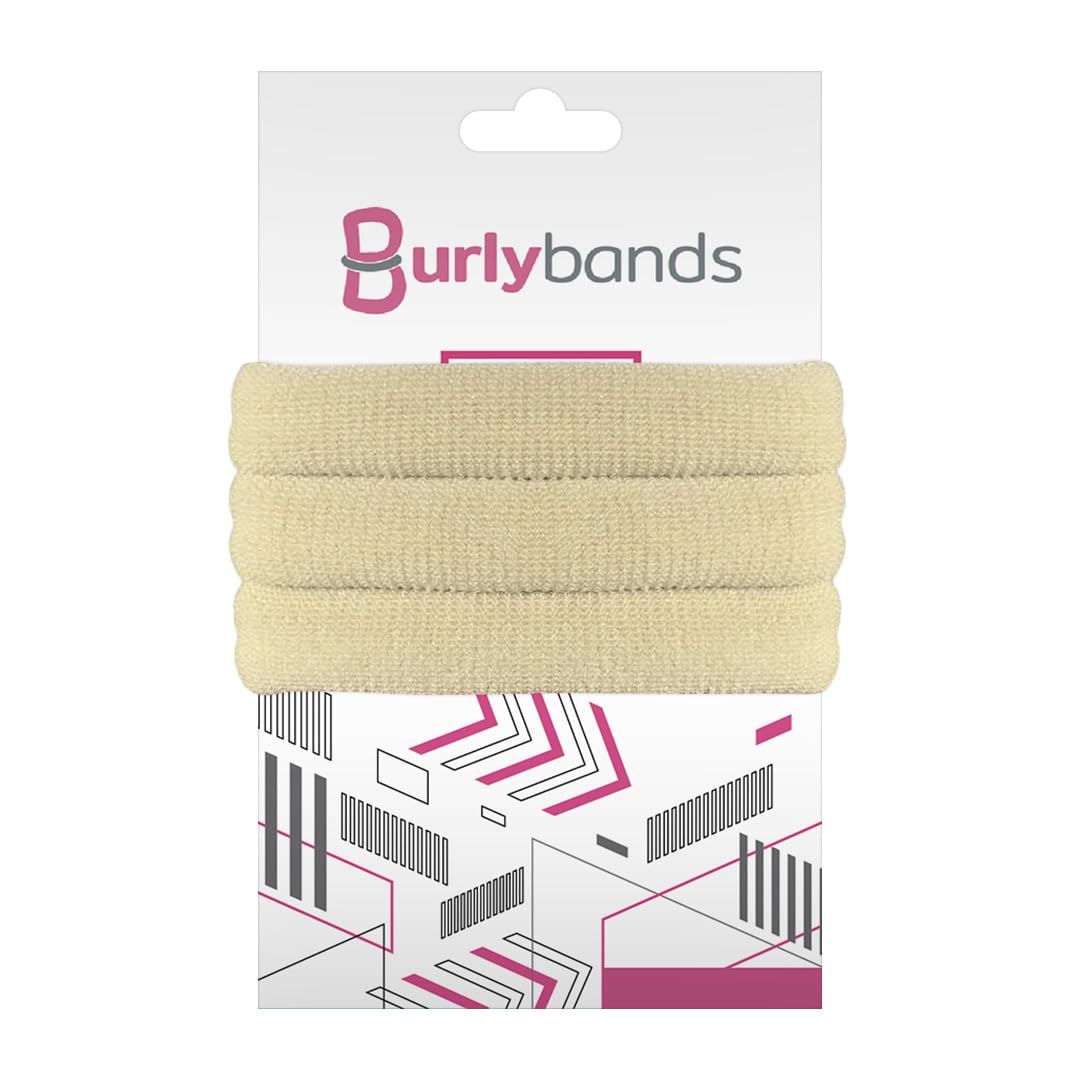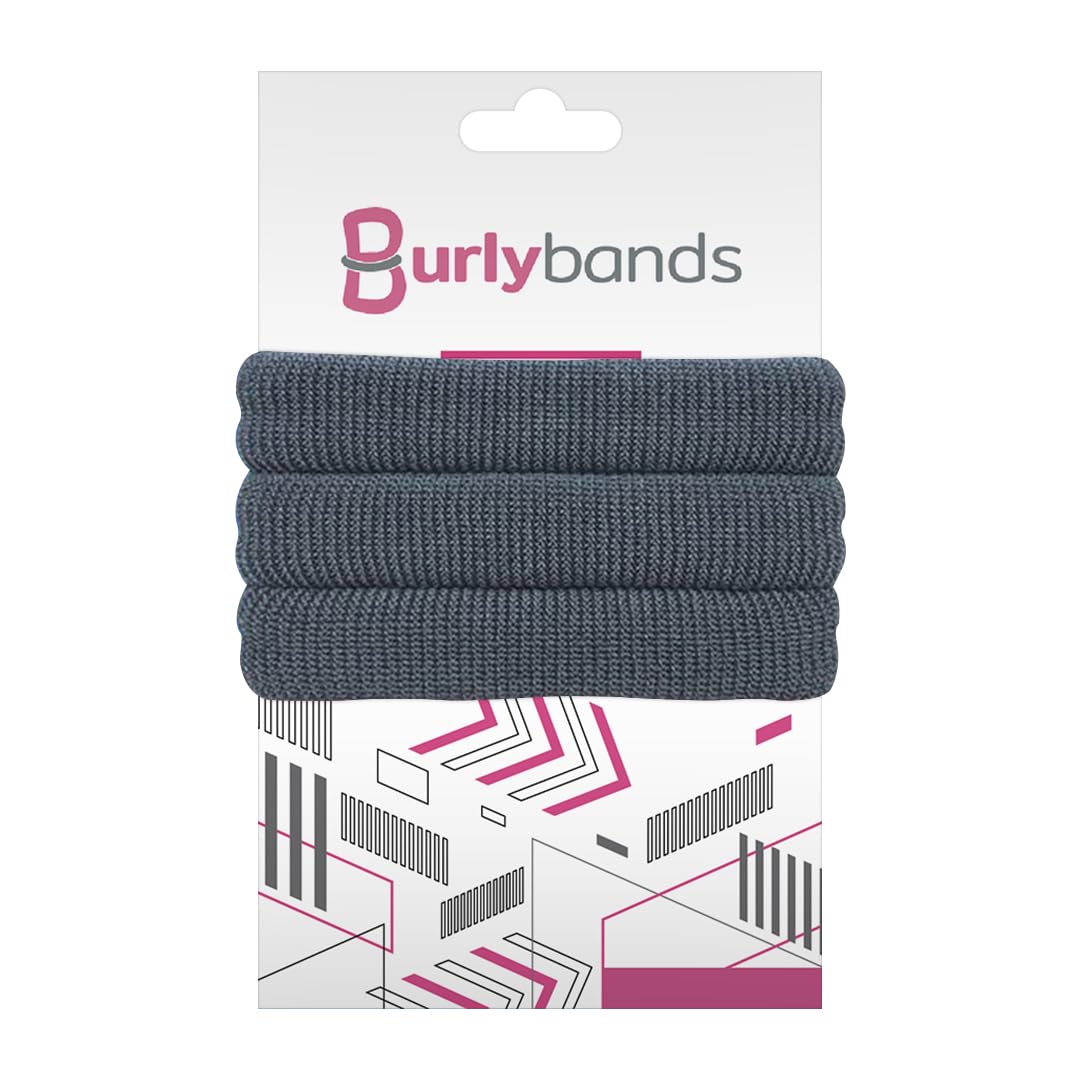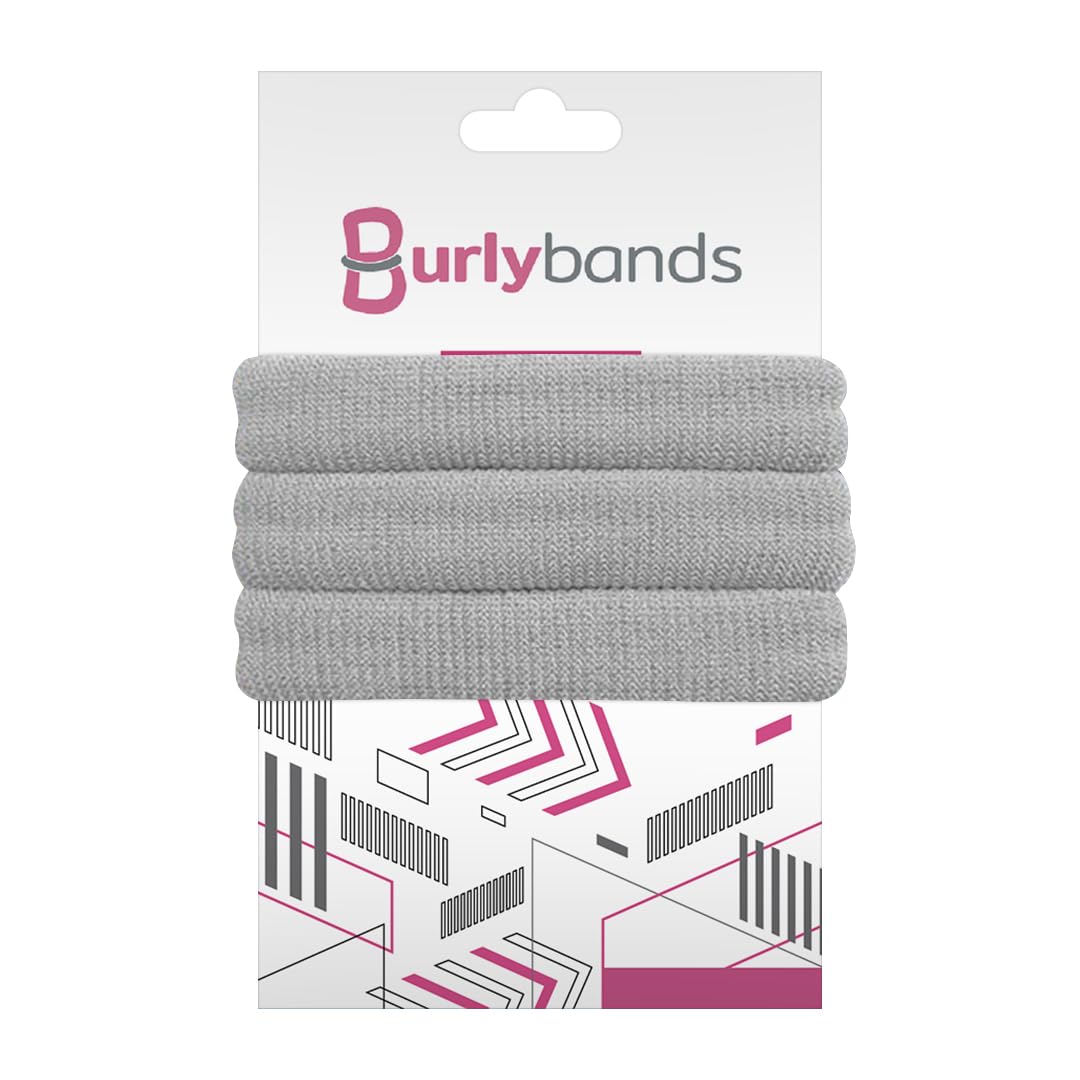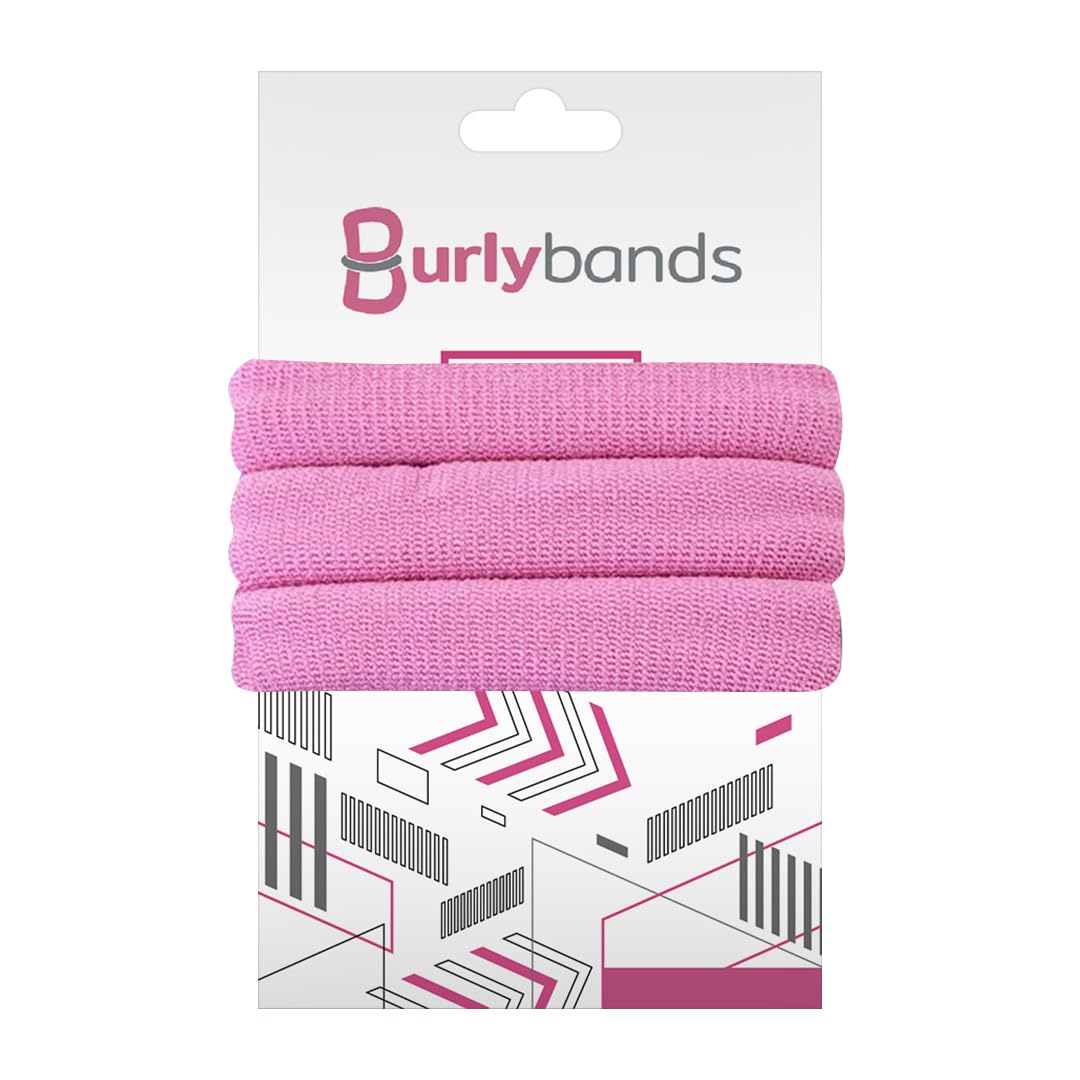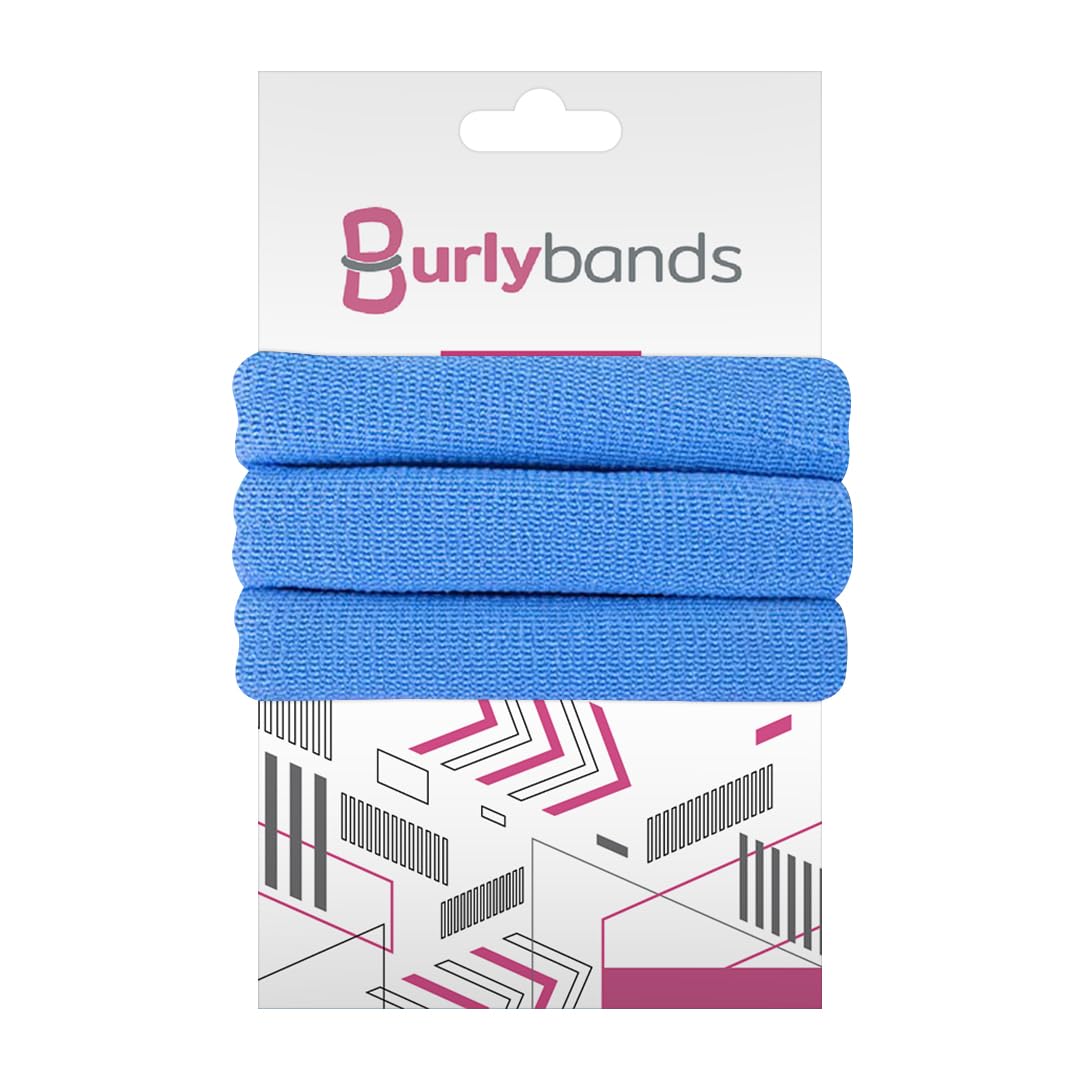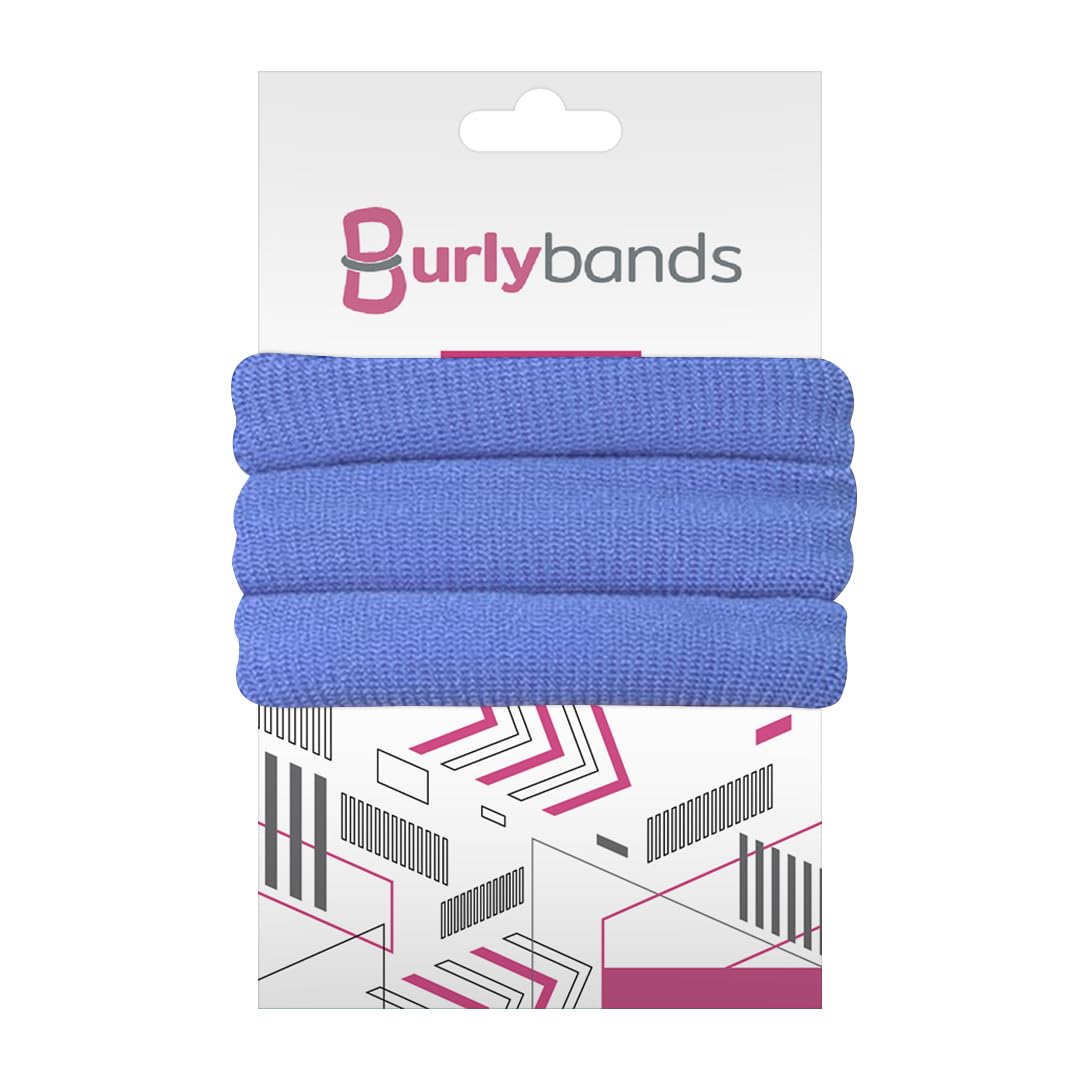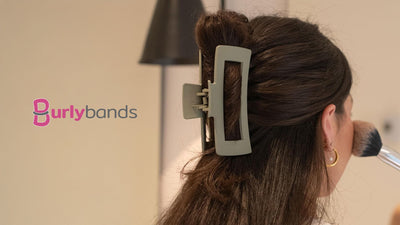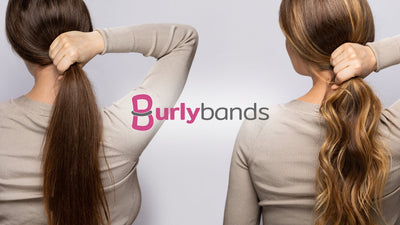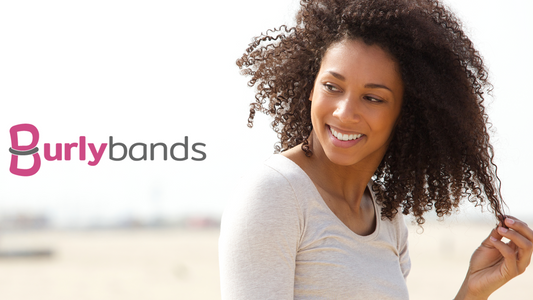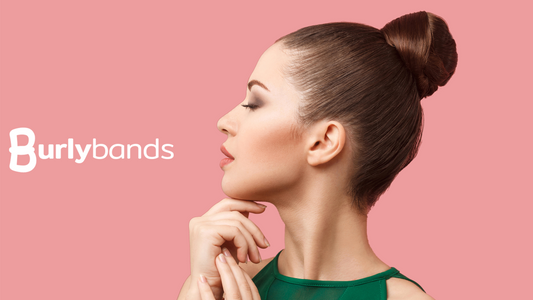Shampooing is a key step in our hair care routine. However, for those of us with dry or curly hair, it can strip away our hair's natural oils, leaving our mane frizzy and unmanageable. This leads to a big question: is it possible to keep our hair clean without shampoo? And if so, how can we do it right? Keep reading to discover some hair-washing tips without shampoo.
Who Should Try the No-Shampoo Method?
Credit: Envato Elements/ msvyatkovska
The no-shampoo or no-poo method is beneficial for those with dry, curly, or coarse hair types. The reason is simple: these hair types naturally require more moisture. Traditional shampoo often strips away the natural oil or sebum from the hair, leaving it dry and frizzy. By skipping the shampoo, you're allowing your hair to maintain its natural oils, which are crucial for keeping it hydrated and healthy-looking.
But it's not just for those with dry or curly hair. If you have a sensitive scalp or are prone to hair damage, the no-shampoo method can be a game-changer. It reduces the risk of scalp irritation caused by harsh chemicals found in many shampoos. Also, if you're someone who's looking to use fewer products and embrace a more natural hair care routine, this method is perfect for you. If you have naturally oily hair, skip this method.
How to Wash Hair Without Shampoo?
Washing hair without shampoo might sound tricky, but it's actually quite simple once you get the hang of it. Here's a simple guide to help you through the process:
Step 1: Start with Water
Credit: Envato Elements/ Prostock-studio
Begin by thoroughly wetting your hair with warm water. This helps to open up the hair cuticles and loosen any dirt or product buildup.
Step 2: Use a Cleansing Alternative
Credit: Envato Elements/ Lazy_Bear
Instead of your regular shampoo, try using a conditioner or a cleansing cream specially formulated for co-washing (conditioner-only washing). These products are gentler and won't strip your hair of its natural oils. Gently massage it into your scalp and through the lengths of your hair.
Step 3: Rinse Thoroughly
Credit: Envato Elements/ LightFieldStudios
Make sure to rinse out the product completely. Leftover residue can make your hair feel heavy and greasy.
Step 4: Use a Natural Rinse (Optional)
Credit: Envato Elements/ laguna947
For an extra boost, you can use a natural rinse like diluted apple cider vinegar or baking soda. For apple cider vinegar rinse, mix a couple of tablespoons with water and apply it after rinsing your hair, then rinse out. For baking soda, create a paste with water, apply it to the scalp, and rinse after a few minutes.
Step 5: Pat Hair Dry
Credit: Envato Elements/ maksymiv
After washing, pat your hair gently with a towel instead of rubbing it. This reduces frizz and breakage. If you can, let your hair air dry.
How Long Does It Take for Your Hair to Adjust?
Credit: Envato Elements/ gpointstudio
Transitioning to a no-shampoo hair care routine is a journey, and it's natural to wonder how long it will take for your hair to adjust. Typically, this can vary, ranging from a few weeks to a couple of months. During the first few weeks, you might notice your hair feeling a bit different. It could seem oilier than usual or even feel a bit heavier. This is your scalp's way of adapting to the new routine. It's used to producing extra oil to compensate for the oils stripped away by shampoo. Now, without shampoo, it takes some time for your scalp to realize it doesn't need to produce so much oil.
As you continue with the no-shampoo method, your scalp will gradually produce less oil, and your hair will start to feel more balanced and natural. It's important to be patient and consistent during this period. Stick with it, and soon enough, you'll likely notice your hair looking healthier and feeling more manageable than ever before.
Tips to Keep in Mind When Using the No-Shampoo Method
Credit: Envato Elements/ atercorv
- As mentioned earlier, your hair will take time to adjust when you wash your hair without shampoo. Don't expect immediate results and be prepared for a period of transition where your hair and scalp adapt to the new routine.
- Hot water can strip your hair of its natural oils, so it's best to use lukewarm water for washing and cold water for the final rinse to seal in moisture.
- Excessive use of heat styling tools can dry out your hair especially when skipping shampoo from your routine. Consider skipping them. If you must use them, opt for a lower temperature setting and use a heat protectant.
- If you're struggling with oiliness or dryness, consider using transition products like dry shampoos (natural ones are best) or hair rinses that can help balance your scalp.
Natural Non-Shampoo Alternatives
Credit: Envato Elements/ wing-wing
Natural alternatives to shampoo are a great way to care for your hair gently and effectively. Besides baking soda and apple cider vinegar, there are several other options you can try:
- Aloe Vera: Known for its soothing and moisturizing properties, aloe vera is excellent for hair care. You can use it as a gentle cleanser to remove excess oil. Simply apply the pure form with a bit of water to your scalp and hair, leave it for a few minutes, and then rinse thoroughly.
- Herbal Rinses: Herbs like chamomile, lavender, and rosemary can be used to create soothing rinses for your hair. Steep these herbs in hot water, let the mixture cool, and then use it as a final rinse after washing your hair with water.
- Rye Flour: Rye flour is a surprising yet effective cleanser for hair. It’s packed with vitamins and minerals and is gentle on the scalp. Create a paste with water, apply it to your hair, massage gently, and then rinse out.
- Tea Rinses: Teas like green tea or black tea can be used as a hair rinse. They may help reduce hair shedding and enhance shine. Brew a strong cup of tea, let it cool, and use it as a final rinse.
- Coconut Milk: Coconut milk is not only deeply moisturizing but also acts as a gentle cleanser. Apply it to your hair, leave it for a few minutes, and then rinse thoroughly. It's especially good for adding luster to dry hair.
Summary
Washing your hair without shampoo is not only possible but can also offer several benefits, including reduced exposure to harsh chemicals and a healthier scalp. However, it's essential to consider your hair type, be prepared for a transition period, and maintain proper hygiene. By following these guidelines and experimenting with different methods, you can find a hair care routine that suits you and helps you achieve the clean and healthy hair you desire.
And when it comes to keeping your hair in great shape, don't forget about the importance of using high-quality hair ties. That's where Burlybands come in! Our premium hair ties are designed to provide strong, secure hold without causing damage or breakage. Shop with us today.
 Log in
Log in